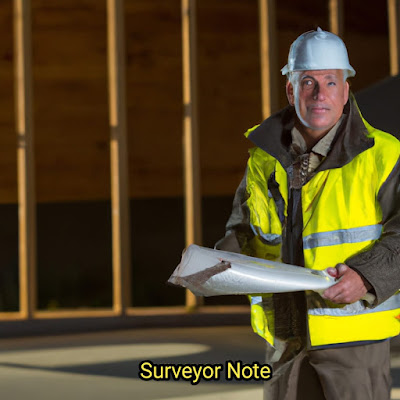
Civil engineering meaning
Are you fascinated by the structures that shape our cities? Do you have a passion for problem-solving and creating solutions that stand the test of time? If so, then civil engineering might just be your calling! In this blog post, we'll explore the world of civil engineering – its meaning, career prospects, salary potential, and much more. Whether...
















